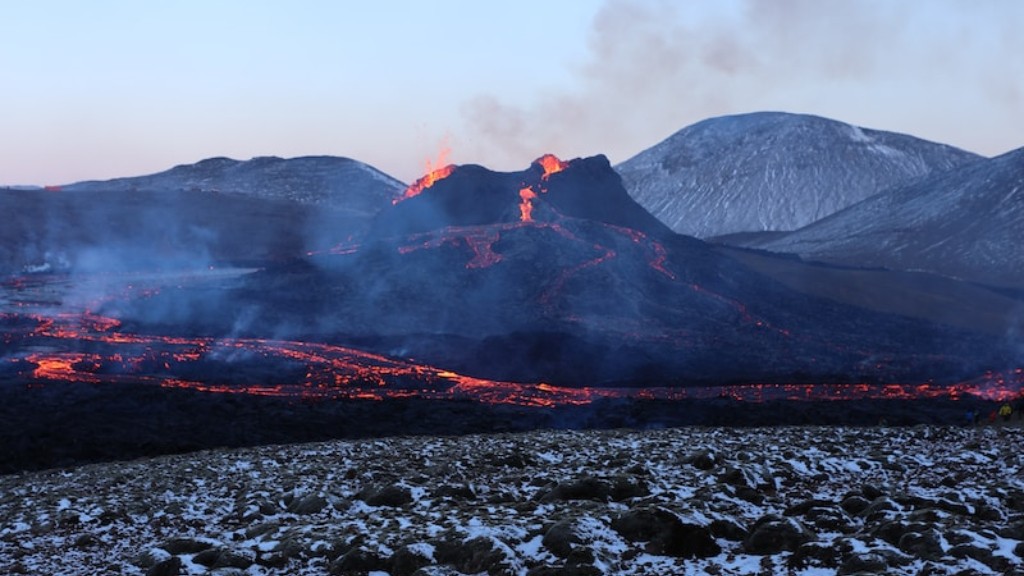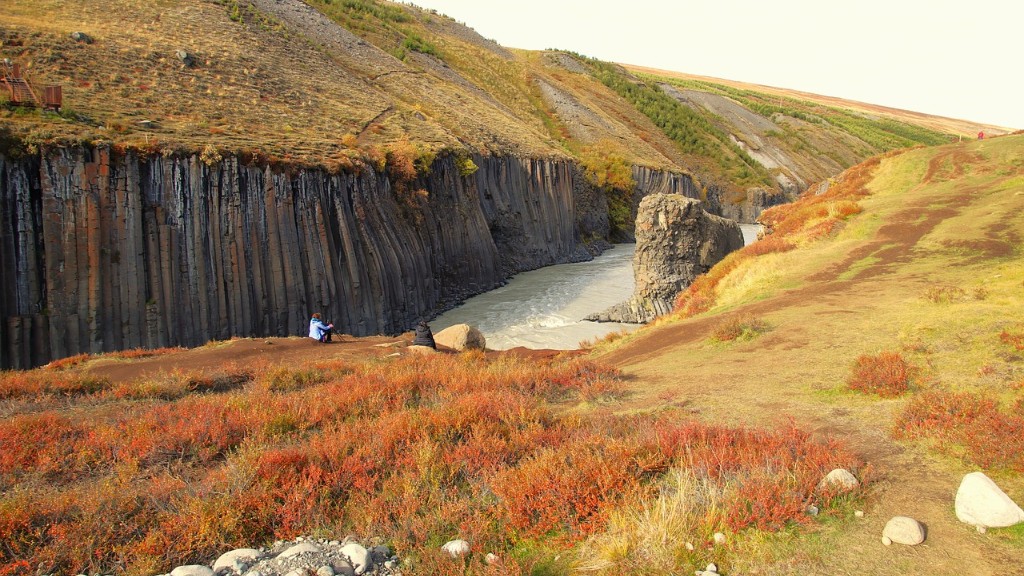Best Time to Travel to Iceland: Cost of Flights
Planning a trip to Iceland? Choosing the right time to visit can greatly affect your experience and your budget. In this article, we will explore the best time to travel to Iceland and delve into the cost of flights, ensuring you have all the necessary information to make an informed decision.
About Iceland and Its Climate
Iceland, known as the “Land of Fire and Ice,” is a Nordic island country situated in the North Atlantic Ocean. It is famous for its stunning landscapes, including volcanoes, hot springs, glaciers, and waterfalls. The country experiences a subarctic climate, characterized by cool summers and relatively mild winters. However, the weather in Iceland can be highly unpredictable, with frequent changes.
The Best Time to Travel to Iceland
The ideal time for visiting Iceland largely depends on your interests and activities you wish to engage in during your trip.
- Summer (June – August): The summer months are the peak tourist season in Iceland due to the more pleasant weather and extended daylight hours. It is the best time for hiking, camping, and exploring the highlands. However, be prepared for larger crowds and higher prices during this period.
- Shoulder Seasons (May and September): If you prefer a balance between decent weather, fewer tourists, and lower costs, the shoulder seasons are the perfect time to visit Iceland. While the weather may still be relatively mild, you can enjoy the beautiful landscapes without the summer crowds.
- Winter (October – April): Winter in Iceland offers a unique experience with the chance to witness the mesmerizing Northern Lights. Additionally, winter activities such as ice caving and glacier hiking are popular. However, be aware that the weather can be harsh and road conditions challenging during this time. Moreover, daylight hours are significantly reduced.
The Cost of Flights
The cost of flights to Iceland varies significantly throughout the year, corresponding to the high and low travel seasons.
- Peak Season: During the summer months, flights to Iceland tend to be more expensive compared to other times of the year. This is primarily due to the high demand from tourists wanting to explore the country’s natural wonders.
- Shoulder Seasons: Flights during the shoulder seasons of May and September are often more affordable. As the number of tourists decreases, airlines may offer discounted fares to attract travelers.
- Off-Peak Season: If you are looking for the cheapest flights to Iceland, consider traveling during the winter months. Airlines typically reduce prices during this time to encourage people to visit despite the colder weather conditions.
It is important to note that flight prices can also vary depending on your departure location and the airline you choose. It is advisable to compare prices from different airlines and use flight aggregator websites to find the best deals.
Expert Perspectives on Traveling to Iceland
We interviewed travel experts to gather their insights on the best time to travel to Iceland and the cost of flights.
“For travelers on a budget, we recommend visiting Iceland during the shoulder seasons. You can still enjoy favorable weather conditions and experience the beauty of the country without the summer tourist crowds. Additionally, flights tend to be more affordable during this time.”
– Sarah Thompson, Travel Blogger
“If witnessing the Northern Lights is your primary goal, then winter is the best time to visit Iceland. While flights may be cheaper during this period, it is crucial to plan for the unpredictable weather and limited daylight hours. Make sure to pack appropriate clothing and be cautious on the roads.”
– John Anderson, Adventure Photographer
Insights and Analysis
Based on the information provided, it is clear that choosing the best time to travel to Iceland involves considering various factors, such as weather preferences, desired activities, and budget constraints. While the summer months offer more suitable weather for outdoor adventures, they come with higher prices and larger crowds.
On the other hand, the shoulder seasons provide a balanced experience with fewer tourists and lower costs. If you are willing to brave the challenging weather conditions, winter offers unique opportunities to witness the Northern Lights and partake in winter-specific activities.
Main takeaways
- The best time to travel to Iceland depends on your interests and activities.
- Summer is the peak season, offering pleasant weather and extended daylight hours.
- Shoulder seasons provide a balance between decent weather, fewer tourists, and lower costs.
- Winter offers a unique experience with the Northern Lights and winter activities.
- Flight prices vary throughout the year, with summer being the most expensive.
- Shoulder seasons offer more affordable flights, while winter has the cheapest prices.
- Compare prices from different airlines and use flight aggregator websites to find the best deals.
- Consider insights from travel experts when planning your trip.


